Sam Thayer is not a fan of this one for some reason, claiming the taste is better than the unpleasant, bitter aftertaste. He also makes a reference to another common name, dogmint, “as if dogs are into bad basil.” I have yet to try it myself, and will have to report back on it once I do. Who knows, there’s always a chance he had come across some bad batches. I’ve certainly had bad cultivated basil myself, ones that were extremely bitter, wondering what I’d done wrong.
It turns out, there are a number of reasons that cultivated basil may be made bitter. Anything from drought to amount of sun can affect the taste. I will need to play around with my wild basil to see if it has the same effect. Maybe the way we grow it matters. Maybe the way we use it also matters. I don’t ever expect a native wild plant to be anything like an old, cultivated plant. Using them often requires thinking outside the box.
Then again, another source I read suggested that this particular plant is more akin to cilantro than basil, and can be used in a similar manner. Wild basil pico de gallo? I’ll have to give it a try. Maybe Sam’s one of those people for whom cilantro tastes gross?
Why would it matter, when I could grow cultivated basil (or cilantro) instead? For one, this is perennial. I love the idea of a perennial and self-seeding food forest. Second, it’s a native plant, so it benefits habitat as well. After all, there are a number of accounts which suggest that indigenous people were cultivating the land in a similar manner. The only reason colonists didn’t recognize it, because it wasn’t what they were used to seeing as agriculture. That piqued my interest, leaving me wondering if maybe I could try to recreate something similar. I don’t have any other reference points other than this existed. I’m going by experience, experimentation, intuition, and likely a number of failures.
Long before I became heavily invested in native gardening, my interests involved herbalism, foraging and food gardening. I really didn’t do much ornamental gardening, because those things seemed like a waste of space. Native ornamental gardening is different, because those plants belong here – it creates habitat. So while I try to collect as many new-to-me native plants as possible, the ones I can work with outside the garden are of particular interest. I think it helps to deepen our relationship with the land. The ability to design a sustainable beneficial garden for habitat and human alike would be a dream come true.
I’ve also secretly always loved the herb garden at PA Renaissance Faire and wanted something like that in my own yard (including the witchy herb shack). That herbal shop and garden are long-gone now. All I have are a few very tiny digital photos I’ve managed to find and save for inspiration. I’d also worked on making my lists of native herbal and medicinal plants to create such a garden. This, wild basil, was on the list. I was surprised to see how difficult it was to obtain seeds for it. I did finally manage to get some, and grew plenty of plants for both my own purposes and to share with you all.
Each of these “big pint” pots (four inch deep pots) have two to three genetically different seed-grown plants. You are guaranteed to get more seed if you plant both (I’m not sure if they’re self-compatible otherwise). They’re also growing like weeds now, as mints often do, and you should have sizeable, if not flowering plants by the end of summer. That being said, these are not known to be aggressive compared to some of the other wild mints. They are also fairly adaptable, as long as the soil isn’t waterlogged, and can be grown in shadier conditions.
If you’re interested in gardening with native plants for your own experimentation and utility, not just for habitat, why not pick up a pot or two. Let’s see if we can rethink the native herb garden together.

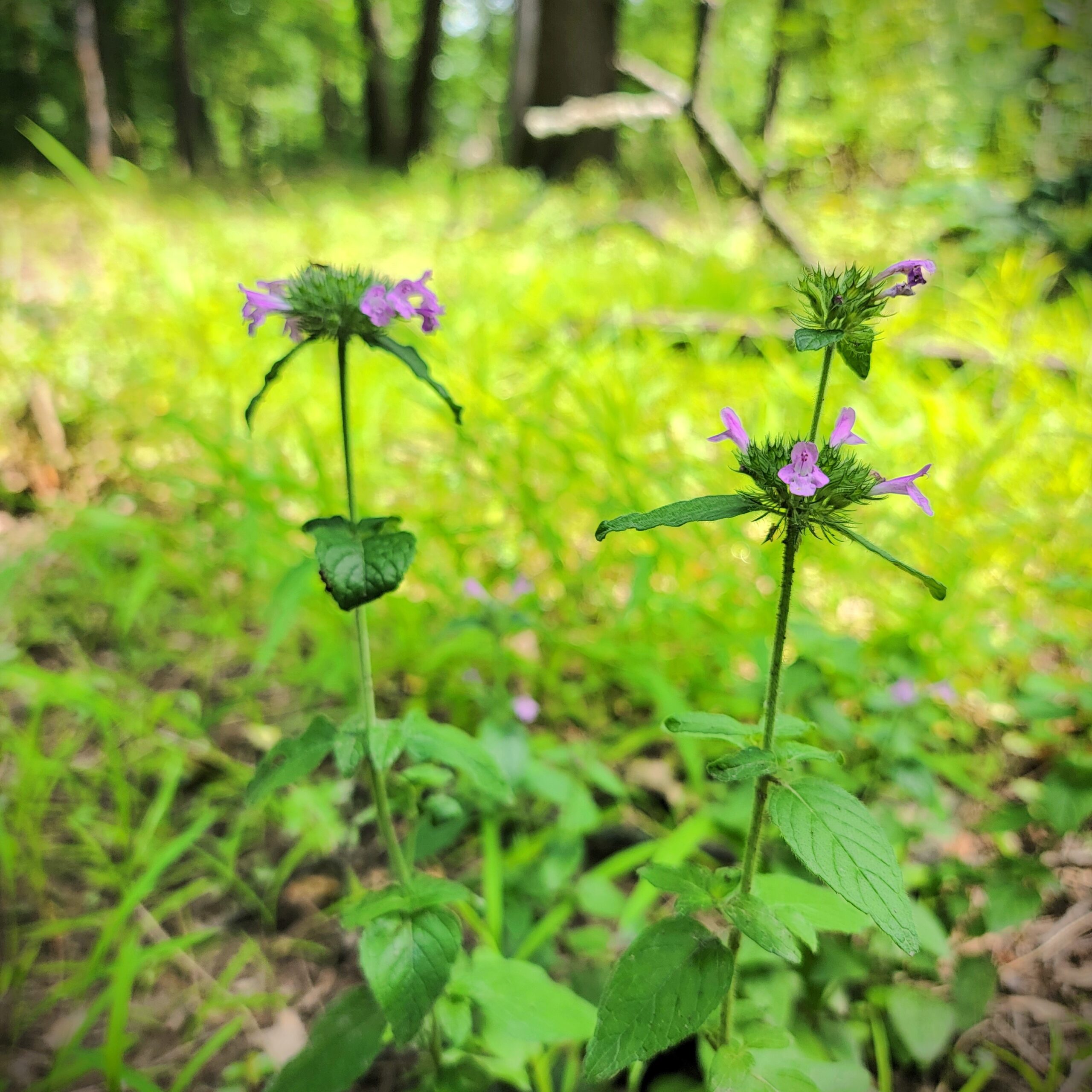
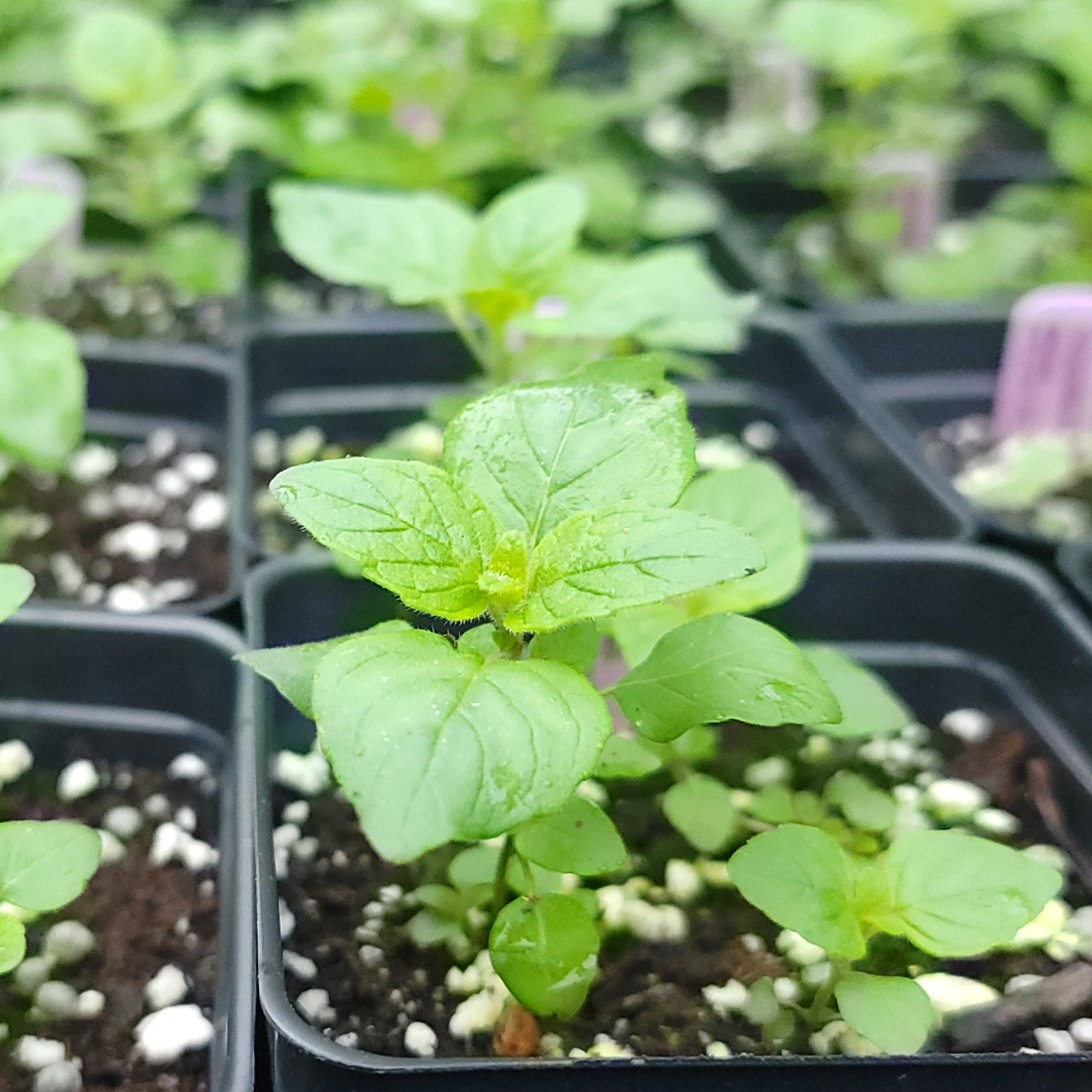
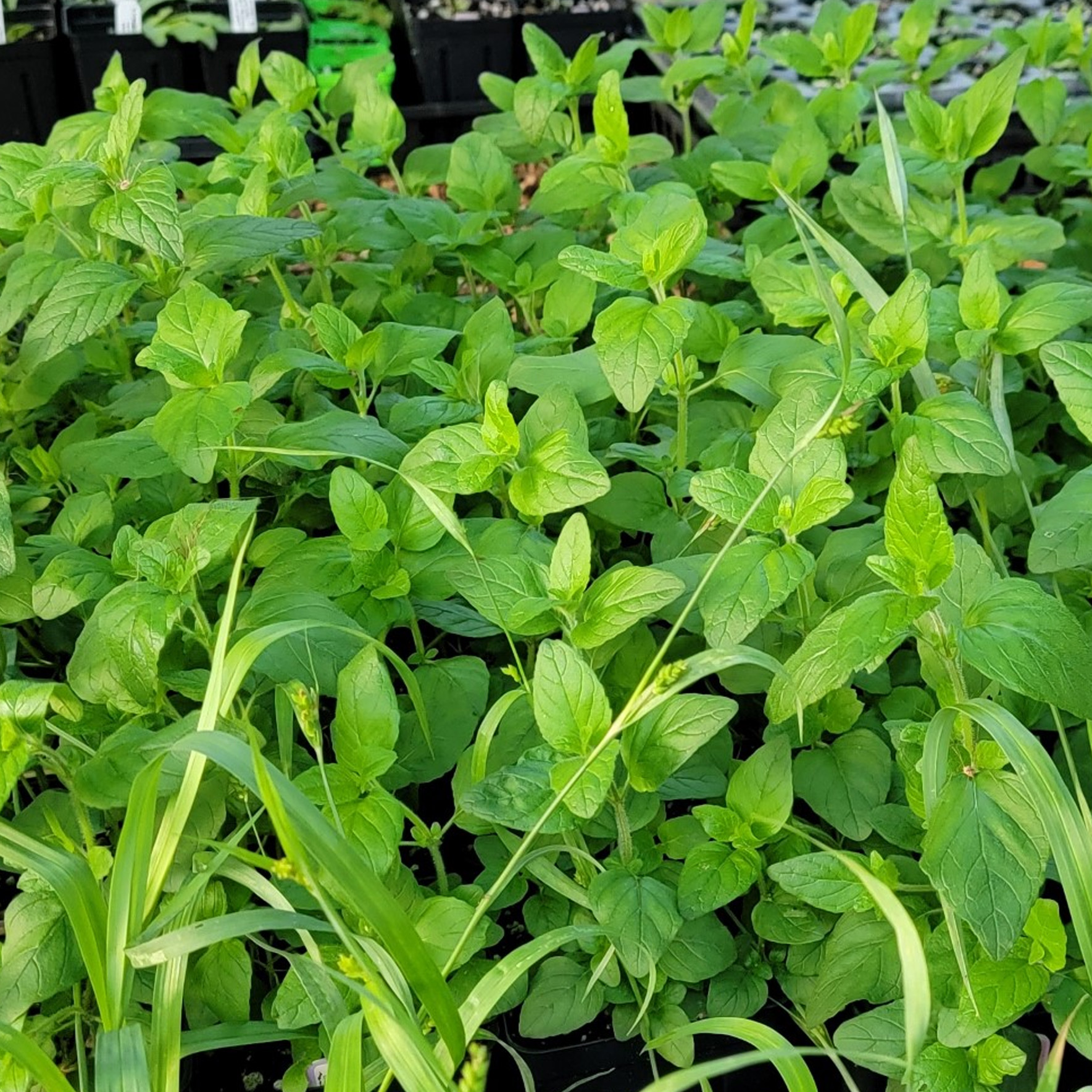
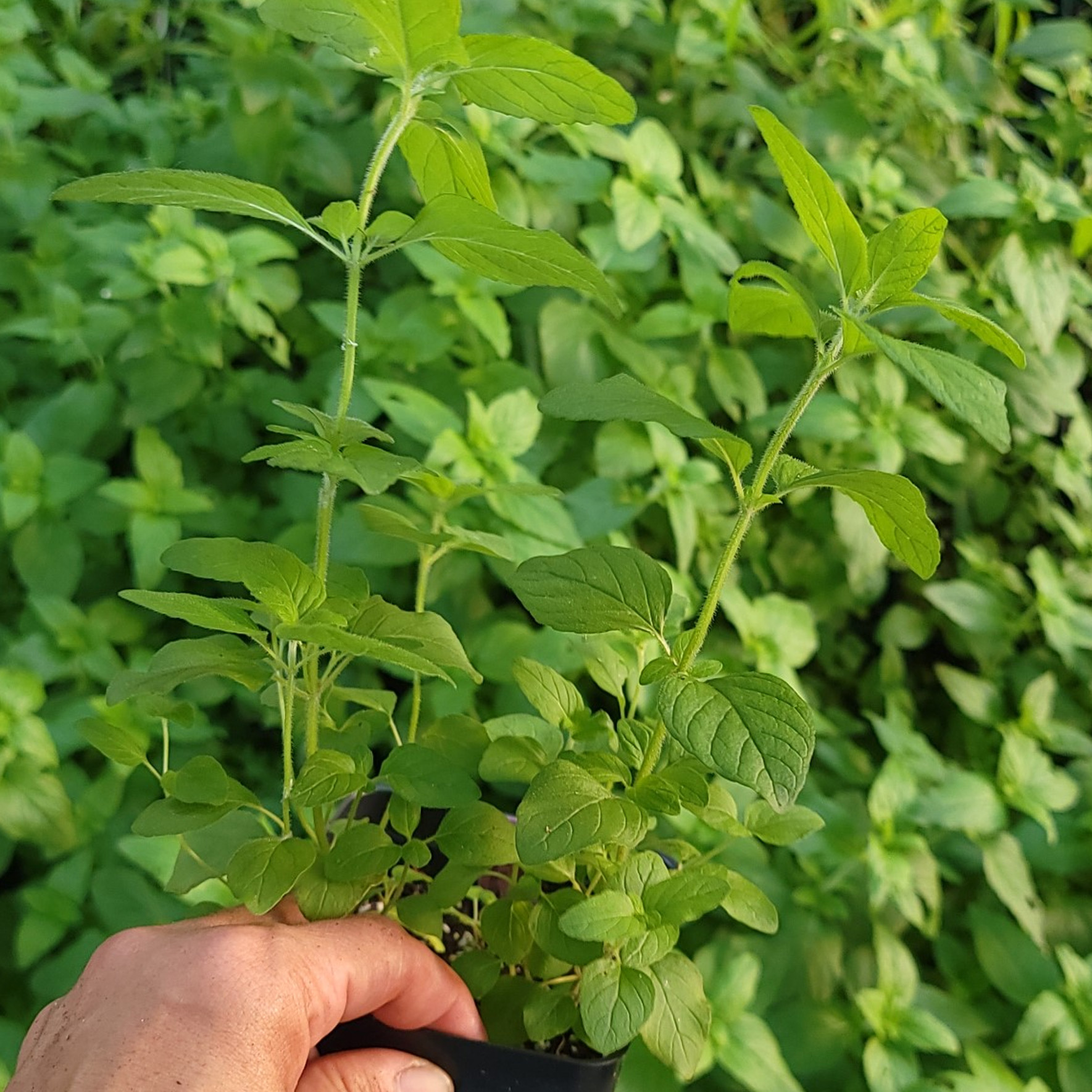
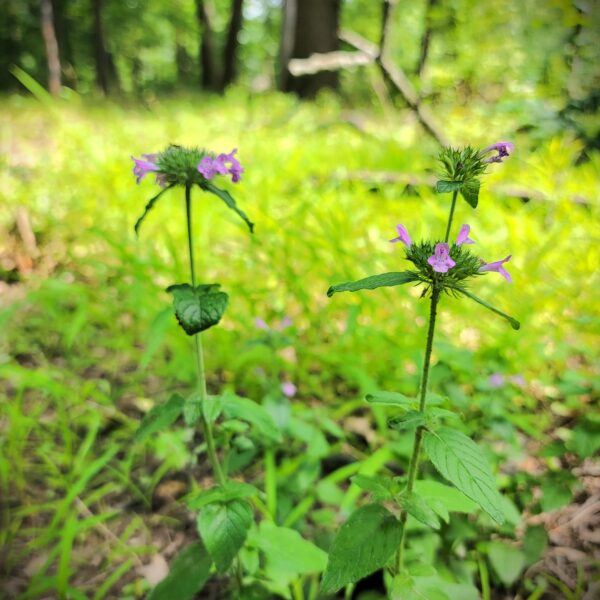

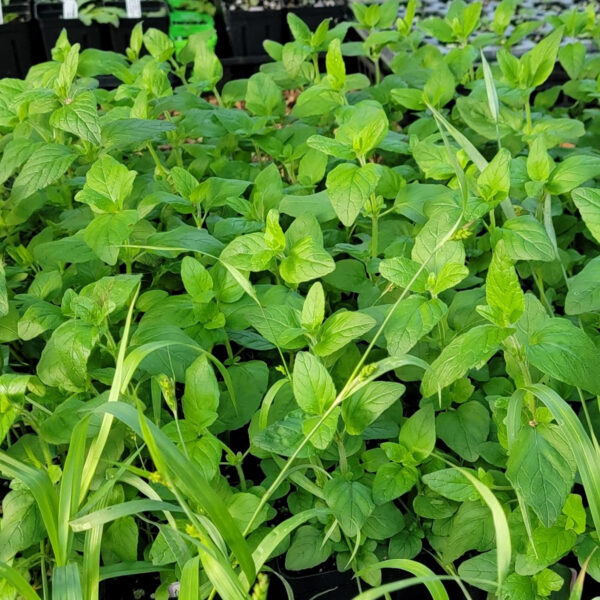
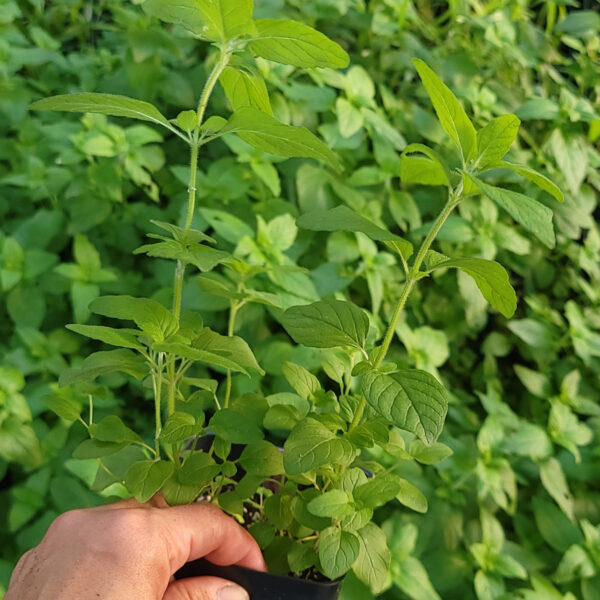
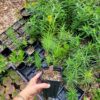
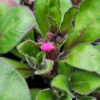
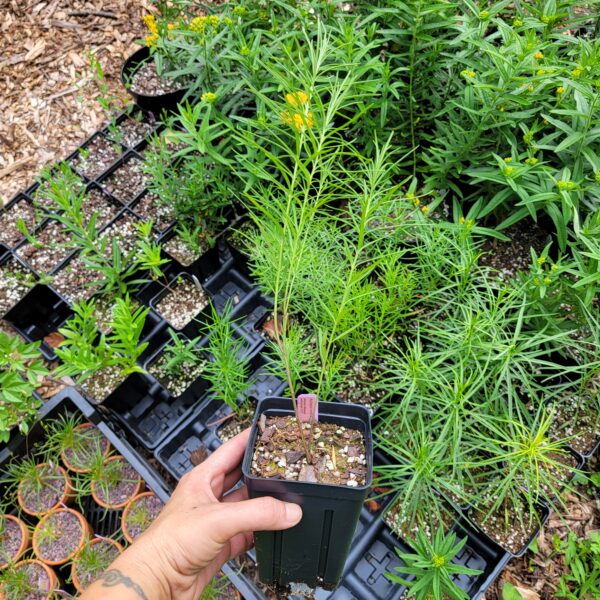
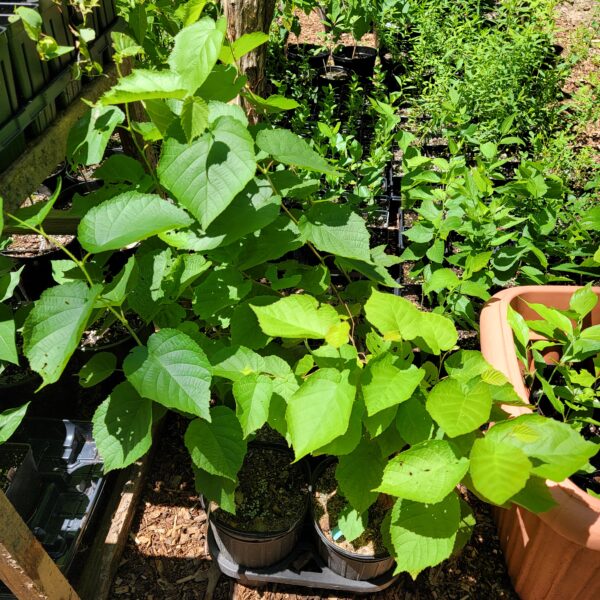

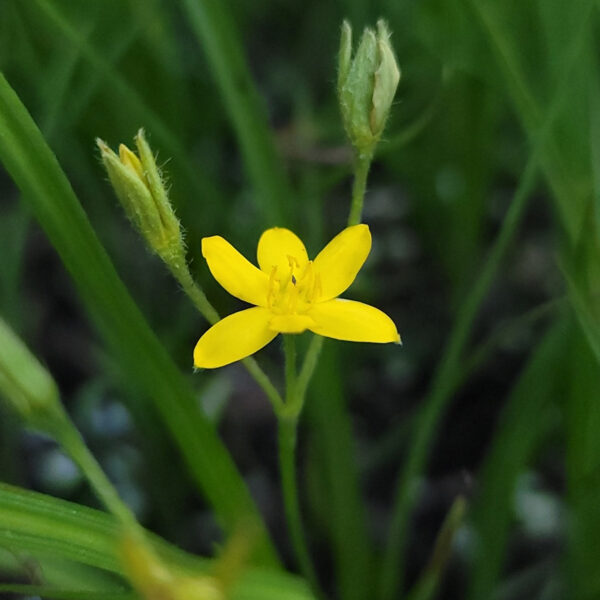

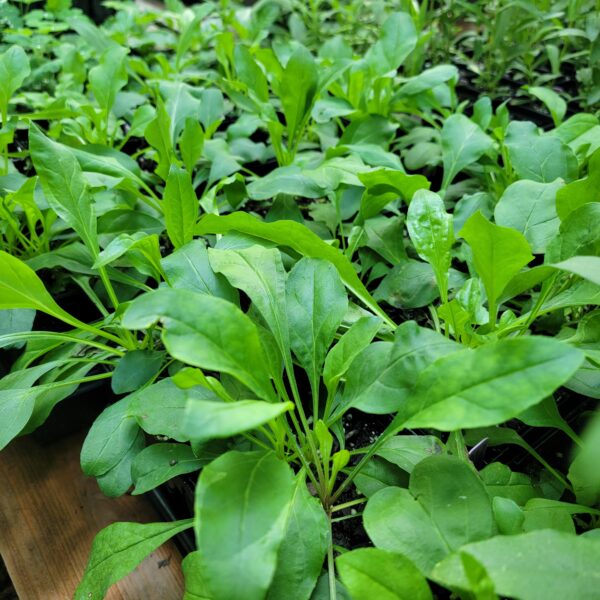


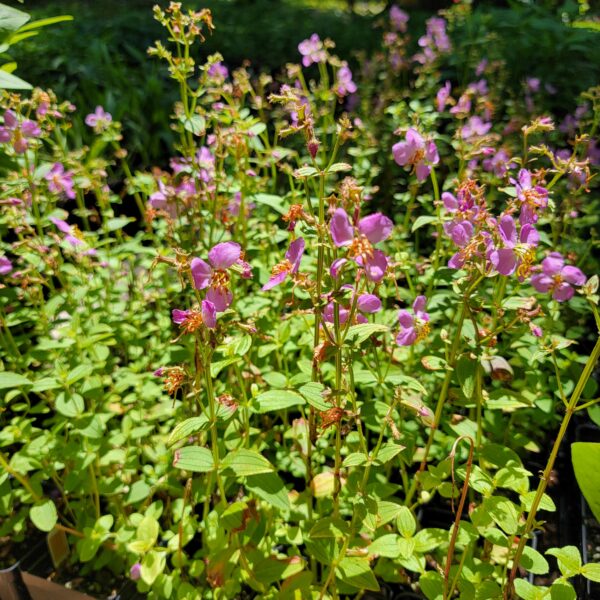
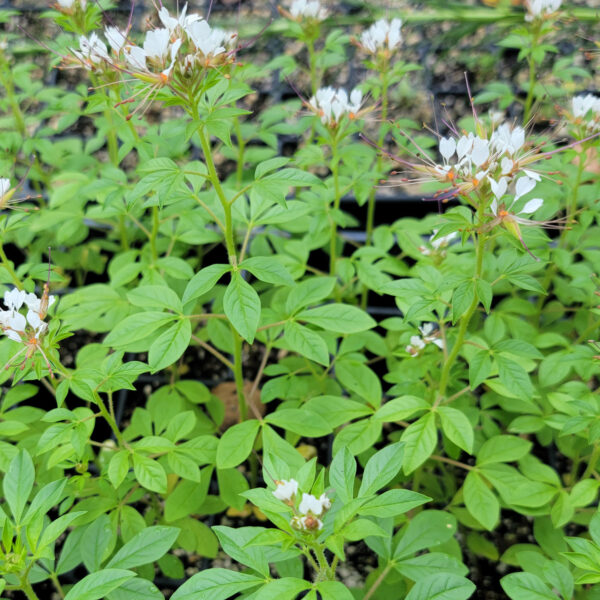
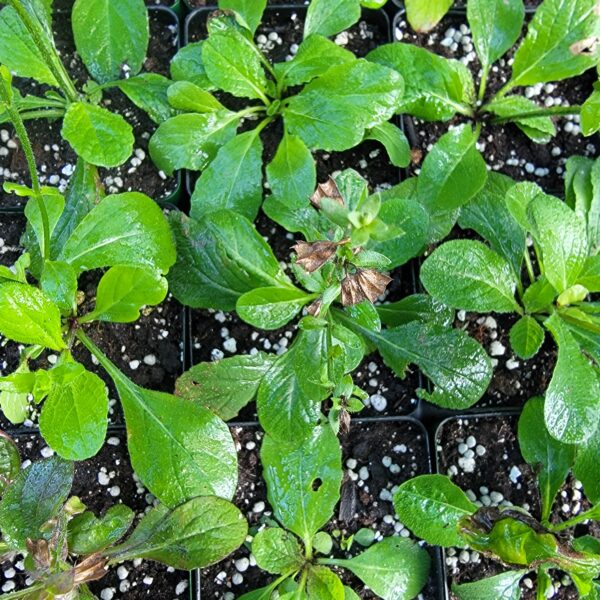
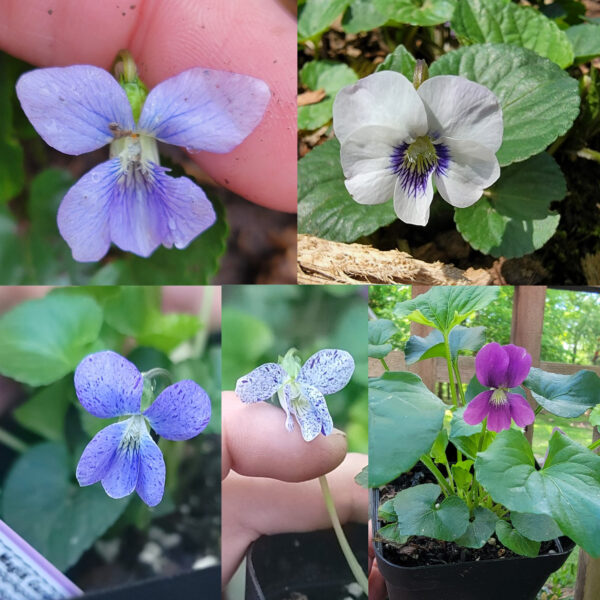

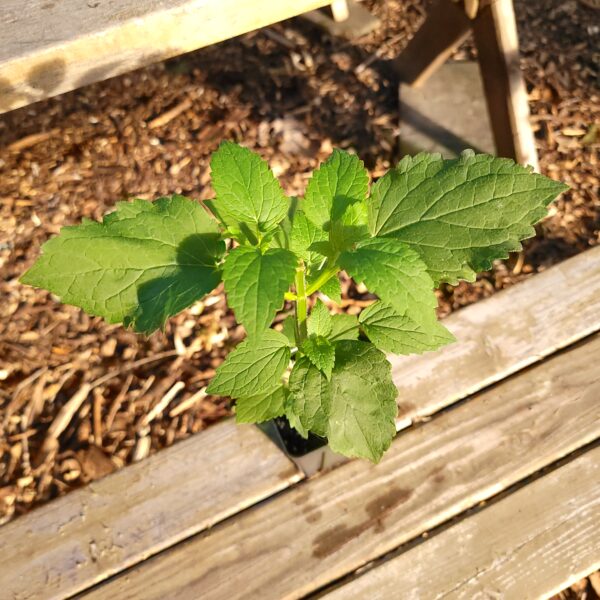



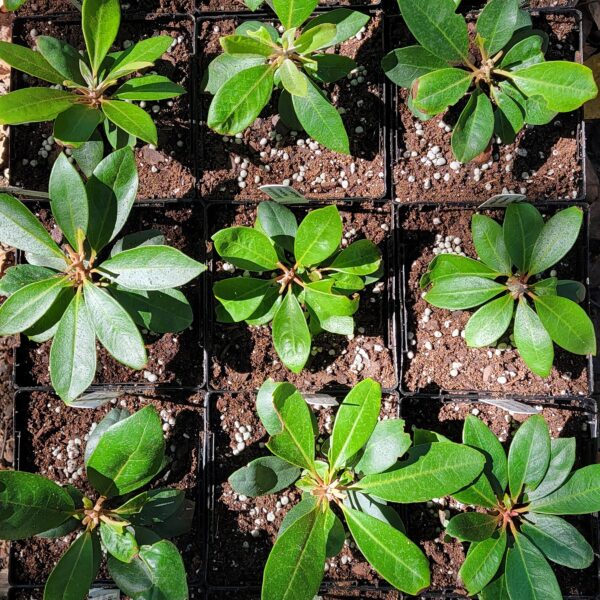

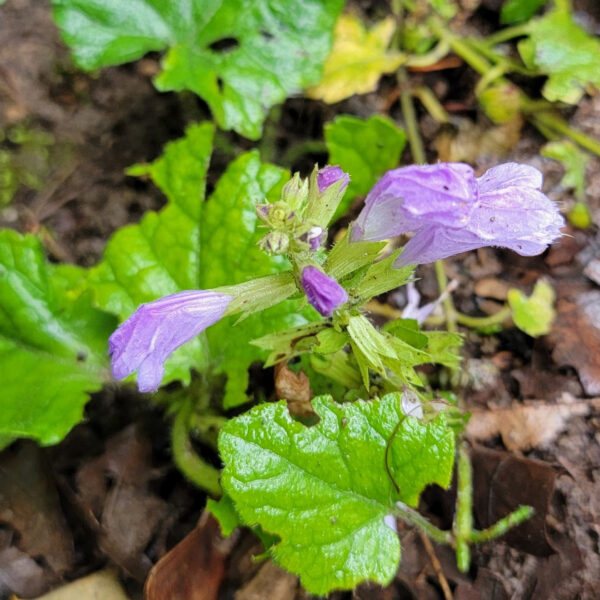
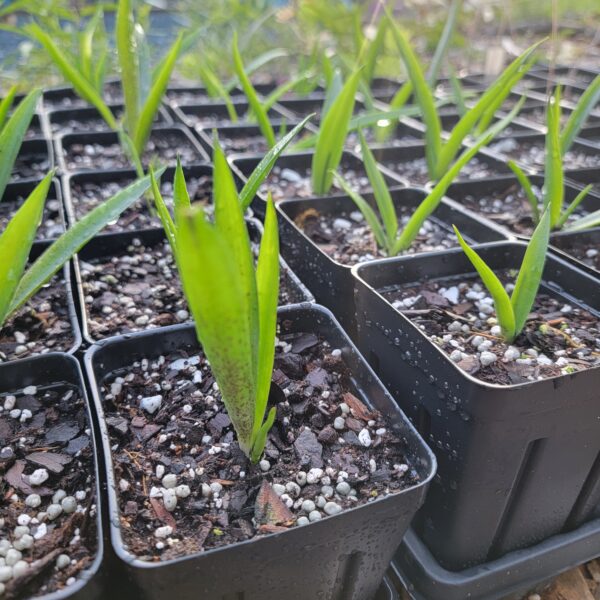
Reviews
There are no reviews yet.